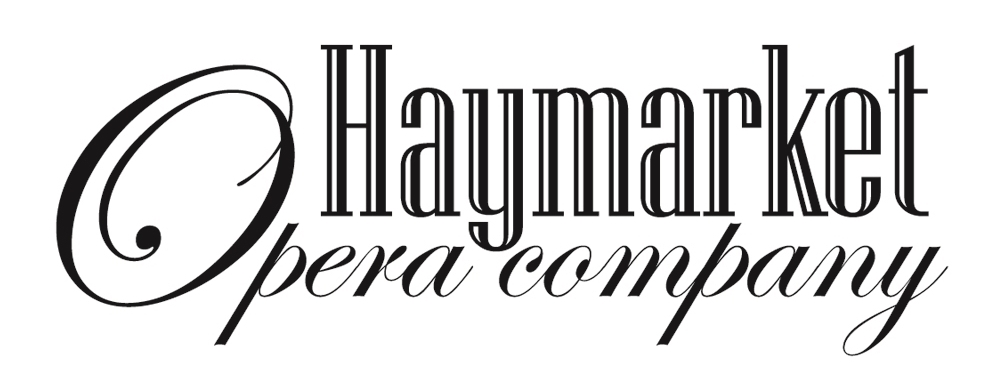John Schrekengost and Thomas Vienna performing Artaserse (2025). Photo: Elliot Mandel
Orchestral musician John Schrekengost on the Natural Horn
For Haymarket’s recent production of Leonardo Vinci’s opera Artaserse, the Haymarket Opera Orchestra included the natural horn to perform the opera’s many arias accompanied by the brass section. Haymarket’s horn player, John Schreckengost tells us more about the natural horn:
Still life in trompe l’œil with musical instruments and the book of Castor and Pollux by Nicolas Henri Jeaurat de Bertry (18th century)
The natural horn came to prominence as an artistic instrument in the early eighteenth century. Its use in opera in the 1600s appears to be limited to playing fanfares in hunting scenes and not as a member of the orchestra. Examples include Michelangelo Rossi’s Erminio sul Giordano (Rome, 1633), Francesco Cavalli’s Le nozze di Teti e di Paleo (Venice, 1639), and Jean-Baptiste Lully’s La Princesse d’Elide (Versailles, 1664).
The seminal event leading to the development of the orchestral natural horn took place in 1681, when Count Franz Anton von Sporck brought the French cor de chasse back to his court in Bohemia after hearing them played during hunts while visiting Versailles. The popularity of the instrument spread from Bohemia to Vienna, where the instrument makers (and brothers) Johannes and Michael Leichnambschneider developed the first orchestral horns around 1700. Their horns had larger bores and wider bells than the cor de chasse.
Baroque composers exploited the horn’s distinctive sound for both ceremonial grandeur and pastoral color. Handel, for example, used horns to great effect in his oratorios and operas, often in festive or martial contexts. In his Water Music and Music for the Royal Fireworks, the horns contribute bold, triumphant sonorities that would have been instantly associated with royal pomp and outdoor celebrations. In operas like Giulio Cesare, horns often accompany scenes of military prowess or regal authority.
Haymarket Opera Orchestra brass section for Artaserse. Photo: Elliot Mandel
Leonardo Vinci, a leading figure of Neapolitan opera, also wrote for horns, typically in pairs, using them to underscore dramatic or heroic moments. The horns of this period could not play chromatic lines but excelled in fanfares and arpeggios that fit the harmonic series. Composers worked around the instrument’s limitations by writing in keys that matched available crooks—detachable lengths of tubing used to change the horn’s fundamental pitch—and by crafting parts that showcased its natural strengths.
Using the hand in the bell to play notes outside of the harmonic series is credited to the Dresden hornist Anton Joseph Hampel sometime during the 1750s. The Baroque horns used in Haymarket’s recent production were played with the bells up, following the tradition seen in much of the art of the era. One of the instruments used is an historical copy of a Leichnambschneider horn by American Richard Seraphinoff. The other is a modern version of a baroque horn built by German horn maker Gerhard Wolfram.
Learn more about Haymarket’s 2025 performance of Vinci’s Artaserse.
About the Author
John Schreckengost graduated from Butler University summa cum laude with a Bachelor of Music degree in Music Education. He earned his Master of Music and Horn Performance at Bowling Green State University. He served as principal horn for the Israel Sinfonietta for seven years. After returning to the U.S., John was named principal horn of the Northwest Indiana Symphony. He also holds positions in the Chicago Sinfonietta and Illinois Philharmonic, and has played with the Joffrey Ballet, American Ballet Theatre, Nutcracker Ballet at the Arie Crown, and Chicago productions of Sweeney Todd and The Secret Garden.
About The Haymarket Review: This new digital publication including thoughts about the work produced by Haymarket is designed to deepen our connection to audiences, nurture and feed audience curiosity about historical performance, offer critical opinions and thoughtful reflections on our performances, and provide a forum for Haymarket and its audience to connect through sharing insights, opinions, learning, and expertise.




